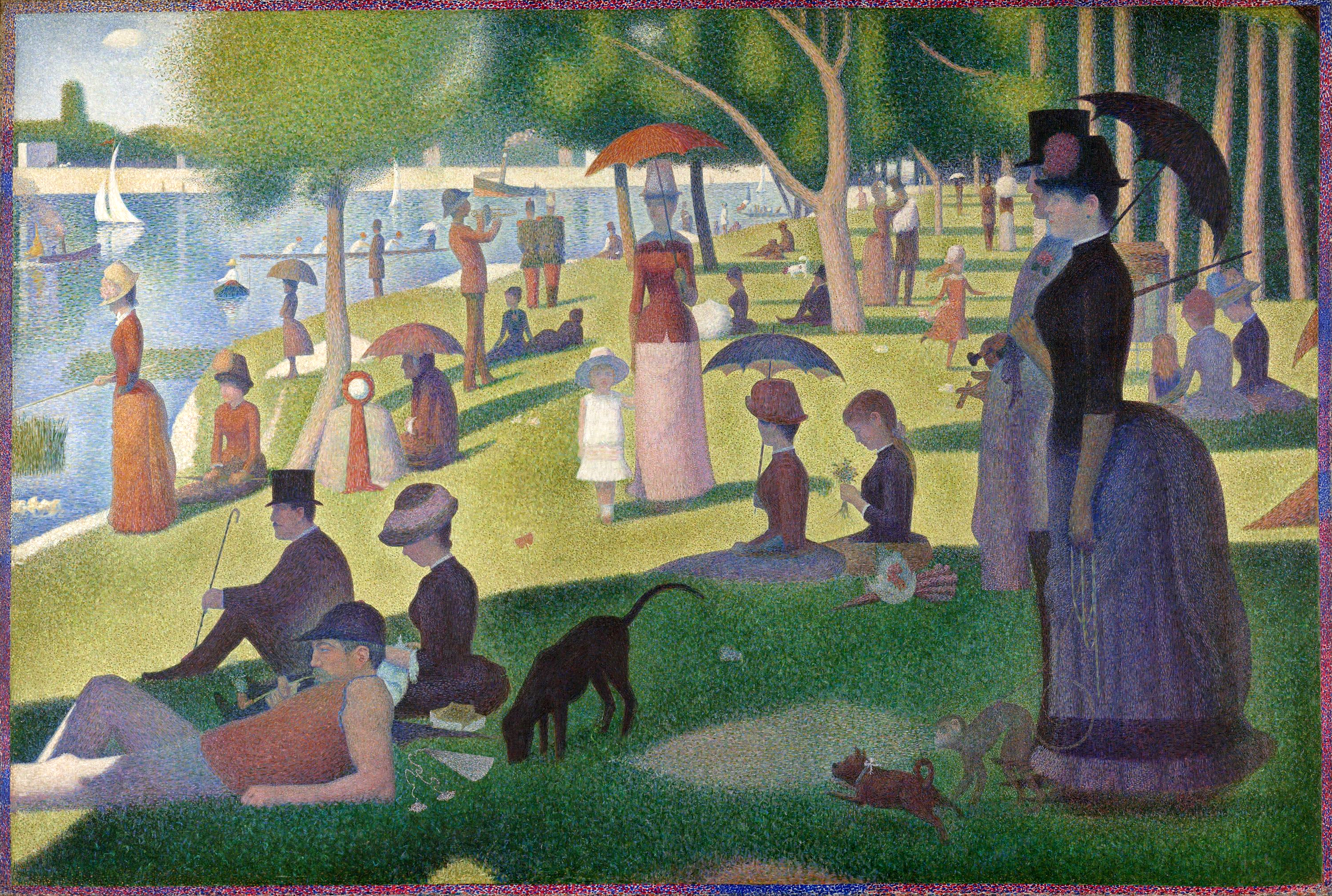
All of us, over the course of our lives, develop various interests. As a child, I wanted to be a baseball player or an artist. In college, thanks to my roommate, I developed an interest in the guitar. As an adult, I took to woodworking. And I have always liked to write. My woodworking skills, like my guitar playing, place me right in the middle of “I know enough to muddle through most things, but not enough to be any good.” My college roommate was left-handed, like me. He had a couple of guitars, and he was very good! He was also one of the kindest people I’ve ever met. He taught me a few barre chords, and I could follow along (if the song was simple and slow enough). In the 300 million years since I graduated, I confess, my playing hasn’t improved much. I know more chords and simple pentatonic riffs, and thanks to the internet can dumb down most songs to feel like I’m part of any number of great bands. I enjoy it, but let me assuage your fears by telling you I have no plans to perform outside of my little office, ever. You’re welcome. My family would probably prefer I take up the air guitar. It’s quieter.
Where guitar playing involves notes, chords, riffs, melody, and timing, woodworking involves something entirely different. Because I am not a pro, I am confronted on every project with the challenge of having to envision how to accomplish each successive step. And once I envision it, I invariably must adjust that plan to account for unforeseen problems, a lack of the “right” tool, and the added time required to visit Home Depot or Lowes for the 23rd time in a weekend.
I always feel like an imposter when I visit Home Depot, as if everyone is quietly judging me, eager to expose me as a hack and a fraud. Every time I’m in there, it seems three guys in the lumber department wearing work clothes that have obviously been on 300 or 400 jobs catch me out of the corner of their eyes just as a box of 100 #8 x 1 5/8” drywall screws I dropped scatter down aisle 17.
We all have those we look up to. As a kid, Pete Rose was the baseball player I wanted to be, and Leonardo Da Vinci was the artist. As a guitarist, I wanted to be David Gilmour from Pink Floyd. I always found his solos the most the most emotional and evocative solos. He speaks through his guitar. These are the people who drove me to be better. Not professional, but better. They sparked an interest in me to learn. In woodworking, it was Norm Abram. Like me, Norm is from Rhode Island. Like millions of others, I grew up on This Old House, and through several hosts, Norm was always the steady hand on the tiller. He was a teacher. Tom Silva always taught, too. His expertise in construction always showed an easier way to do something that amused the host. I learned what cripple studs were and why they were important. But Norm was the “Master Carpenter.” Maybe it was the title; however, when he spoke, it seemed to carry more gravitas. His New Yankee Workshop opened my eyes to furniture building and what a shop should look like, what tools should be in it (and what they do). And because of him, I wanted to make things out of wood. Furniture? Maybe
What Norm did on the New Yankee Workshop every week was always perfect. “I can do that!” I said to myself. What I quickly learned was that they never showed you the half hour it took the production assistants to set up the tool to make that 3-second cut. Mortise and tenon joints always fit perfectly. It took me an hour of trial and error (sometimes on my finished workpiece) to get close. Norm was always the vision of patience and safety. I can still hear his safety warning at the beginning of every episode in my head, “Before we get started, I’d like to take a moment to talk about shop safety. Be sure to read, understand, and follow all the safety rules that come with your power tools. Knowing how to use your power tools properly will greatly reduce the risk of personal injury. And remember this, there is no more important safety rule than to wear these, safety glasses.”
His experience, skill, and attention to detail, combined with meaningful explanations (and great camera work), hooked me every time. There were episodes where he made something that I didn’t particularly care about, however, despite my initial disappointment, I always found myself enthralled and eager to understand the next step of the project. I got to the point where I could anticipate the next step and the tool to be used. I loved it. Even if I didn’t have the tools to replicate the project.
And it sparked a new creative channel in me. I tried with my screwdriver, hammer, and lack of training to build things. It forced me to be patient (mostly because I had no idea what I was doing). Over the years, I’ve gotten a bit better and gained a few more tools, but still must go slow because I still have very little idea of what I’m doing. And if I’m working on a project and don’t show up to Home Depot for two days, they send out a search party. An army of orange-vested associates searching in a grid pattern across the parking lot and then my house.
I have a home office in which to perform my real job during the week. My wife had my old desk in her office but had a vision of what she really wanted. Lower cabinets, a butcher block countertop and desk surface, and uppers to the ceiling with crown molding. We researched cabinets and dove in. The cabinets were ready to assemble, and we tried to think out every other piece of prepainted wood I’d need to complete the job. We painted the walls, and then I took over the room. I put the cabinets together and ordered the butcherblock slab for the countertop and desk. I was very nervous about cutting it to fit. It was expensive, and I knew if I didn’t measure twice, I’d be cutting more than once or ordering a new slab. I could hear Norm in my head. “Measure twice, cut once.”
Each step of the process was laid out in my head, and with each step, there were questions about how to accomplish it. I sometimes took a couple of days playing it out in my head, envisioning the steps necessary and any impediments I might encounter. It was frustrating, necessary, and ultimately worth the time. I told my wife, “I can get you 98% of the way there. To get to 100%, you need to hire a professional. So, you’ll have to accept 2% being undercut, overcut, 2 degrees out of plumb, almost level, and sort of right.” I knew I was on the right track when it was only me who could see the tiny mistakes. She never saw them, no one did. I liked the challenge of thinking out the next steps and then overcoming the obvious missteps I’d take.
She also showed me a decorative shelving system she wanted in the corner opposite her wall of cabinets and desk. Again, there were challenges I would ruminate over for days before jumping in and getting it done. With one step left (putting up the shelves), I was anxious to see the finished product. I had sanded the wood, rounded over the edges, and polyurethaned the wood. All I had to do was cut the long piece into the actual shelves. I cut them and walked into the office, ready to nail and screw them into place. My wife started laughing. In my haste, I cut the shelves ½ inch too short. Without skipping a beat, my wife channeled Norm Abram. She said, “Measure twice, cut once.” Ouch. Back to Home Depot, back to sanding, rounding over, and polyurethaning. Then I measured three times, cut the shelves, and installed them.
Tony Bennett died recently, and Twitter (X?) was filled with kind words from those who knew him, thanking him for his body of work, kindness, artwork, and friendship. This happens every time a celebrity dies. I couldn’t help but notice how nice it would have been if folks thanked others while they could appreciate the sentiment.
I would never have attempted anything like that had it not been for Norm Abram and the This Old House/New Yankee Workshop. I don’t know Mr. Abram personally, but if I ever met him, I would thank him for being such a great teacher. And I think my wife would thank him, too!









